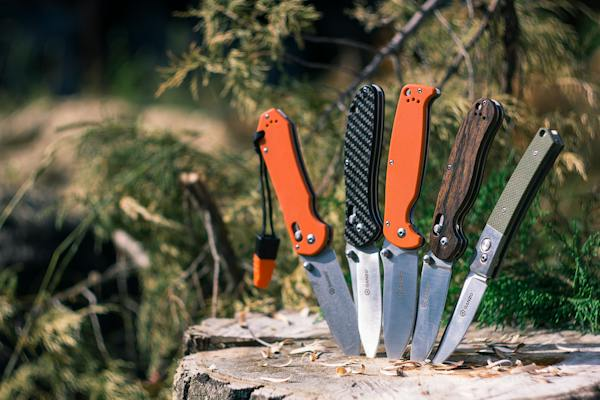The worldwide magazine publishing business is valued at over $100 billion and is constantly rising. This illustrates the widespread popularity of these magazine design patterns. These are read by a large portion of the world’s population. This fact alone demonstrates the importance of excellent magazine layout design. Designing the layout of several periodicals regularly is a demanding endeavor. The following are the most significant aspects of a magazine page design.
If you want to produce a magazine design layout for your own or a client’s company, you must first comprehend the contents of this article. Following are the top 10 elements of magazine layout design:
- Headline
It is one of the most crucial aspects of a magazine design layout. It may be of various proportions, but it should be larger than the other text components on the page. The title must be informative, significant, and appealing enough to attract more people. An appealing header for your content considerably boosts your chances of being read by ordinary people. Take the help of magazine design services if making the proper headline is not your cup of tea.
2. A Brief Introduction
It is sometimes referred to as the entrance, deck, or stand first. An opening paragraph is a key text that introduces a typical reader to your post. It uses the attention obtained by the title to get people to read the full content. It connects links to the main content, creating a seamless transition for the reader into the main topic. It also establishes the piece’s tone and occasionally summarizes the whole article. The font size is less than the font size used for the headline. It may be bolder and larger in certain circumstances than the primary item.
3. The Body
When someone begins to create a magazine layout, they must begin with the design of the body text. It is vital to begin here since it takes up most of the space in the post, and you must have the proper margins in terms of columns and rows to enhance the readability of your content. The length of the body content should be consistent throughout all magazine pieces.
4. Bylines
It would help to recognize the persons and teams working on an article. The author’s name is usually included beneath the article title and is also known as a byline. It must be written in the same font size as the body material.
5. A Subheading
These are quite handy for dividing any item into parts and divisions. This allows new readers to navigate the content more easily. It may also utilize the same typeface as the body text. However, it must stand out from the body content as well, so make it gold, so it is a tiny reading or headline, full staff. Also, remember not to put a subheading below an image for a quotation in an article.
6. Pull Quotations
They may typically provide a new depth to your magazine piece. This help to make your essay more intriguing. It aids in converting your message to The Reader, and when combined with graphics, it becomes quite beneficial. You may include them in your body section, or you can summarize a few topics in your body in various ways and use different quotations to accomplish so.
7. Captions for Photographs
This must be worded to correspond to the picture used in the article. Captions are used to describe images and are often put below the picture. The font size of the picture captions may be the same as the body font size. However, it is sometimes used somewhat lower than the body font size.
8. Running Head or Section Head
Running heads are not required for all magazine articles, although they may be required for some. They are located at the top of the magazine’s page and assist consumers in easily navigating the content. Running heads must be designed extremely imaginatively to look attractive, and since they appear on every page of the magazine, readers will see them more often.
9. Folio
Leaders who looked at every magazine page were not pleased with the design. It is the method of arranging sheets of paper in your magazine by holding them in a certain position. This should be handled with caution, particularly if your magazine has photos in its articles. Folios on these pages might be quite irritating for any reader.
10. Box Replica
This box offers key facts and information about the article’s subject that a reader should remember when reading a magazine article. They might include statistics, dates, or any other information relevant to the piece. If you feel all these things can’t be done effectively by you, you can always reach out to creative design services in the market to do all your work with efficiency and professionalism.
Conclusion
Finally, ensure that all your design components are consistent and have a function when creating an effective magazine layout. Individually, test them out by deleting them to determine whether they are necessary. Once your spread is complete, you can publish it and share it with our millions of readers.





